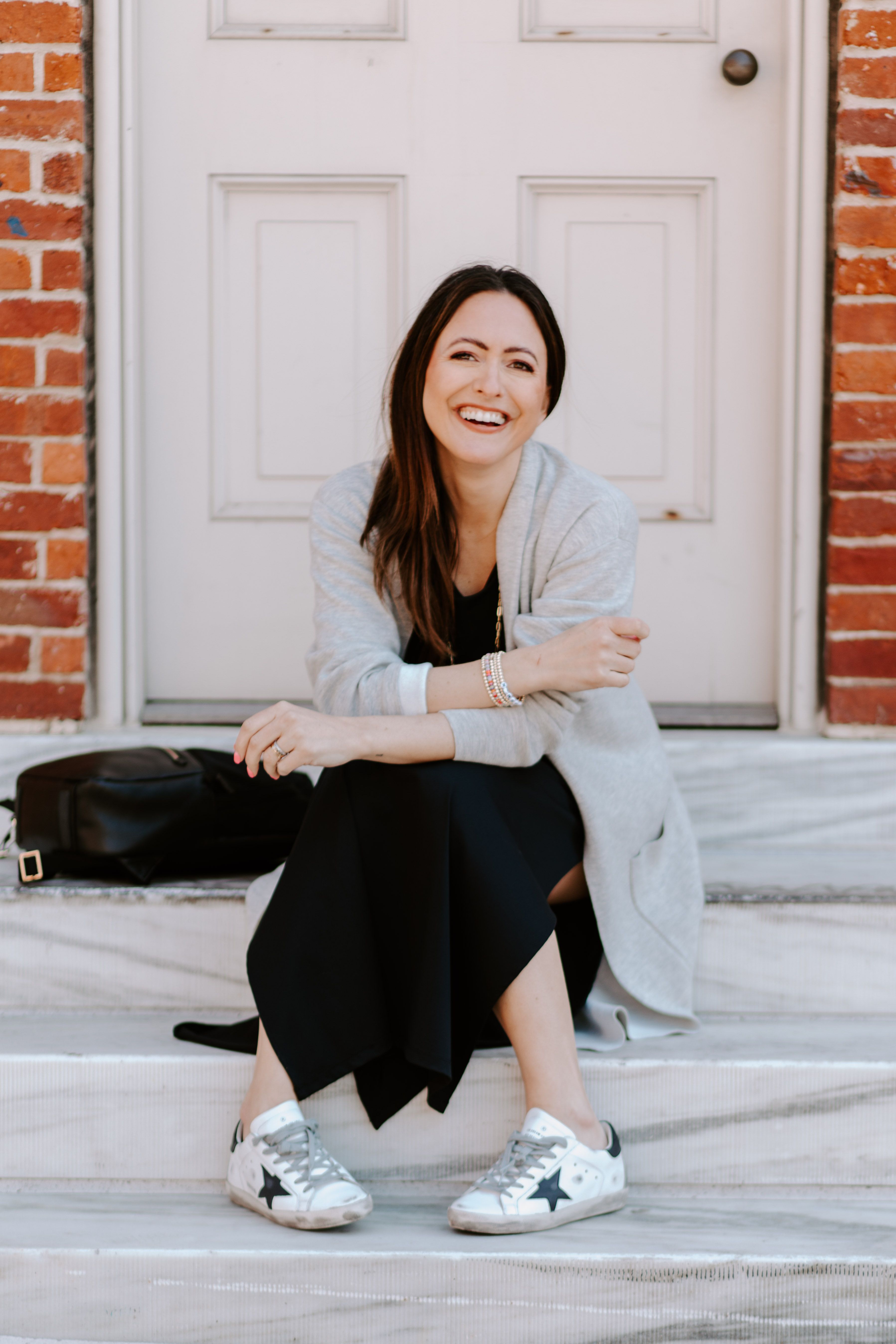Return to Collection


Tip
Placenta Encapsulation
Our bodies are so amazing. I wish I paid more attention to what the body does during pregnancy and childbirth (any kind, and any way) with my first child. Bookending my fourth is when I really started to study everything in more detail and appreciate just how much we do to bring life into this world.
So, let’s break down placenta encapsulation.
The body literally grows a new organ (the placenta) which gives a baby exactly what they need every day until they are born. It develops in the uterus during pregnancy and provides oxygen, nourishes, and removes waste for the baby.
And after all of these amazing things happen...it’s thrown in the trash.
Gulp.
I’m not sure about your experience, but I've never even been asked if I wanted to, you know, keep that pretty essential part of my pregnancy and birthing experience that just exited my body. I feel like that would be the respectful thing to do, no?
So I held on to that sucker - three times - and usually, yes, I am met with some weird looks. Even still!
BTW: In case you are wondering, my third was covered in meconium (aka baby’s first poop) and I was too in shock from a quick birth to argue about keeping it. But here is why I hold on to it each time.
-It contains small amounts of oxytocin (AKA the “love” or “bonding” or “cuddle” hormone), the hormone that helps you bond with your baby and eases the stress of birth.
-Oxytocin also stimulates the ejection of milk into the breast for nursing.
-There are many nutrients, vitamins, and hormones found in the placenta that are suggested to help you to recover from aspects of childbirth—both physical and emotional. Encapsulating your placenta may deliver them back to your body, possibly speeding up your physical recovery time and aiding in a smooth transition from pregnancy to postpartum.
When you encapsulate the placenta - you are preserving all of those amazing things that sustained your baby for months and are using them up instead of tossing them. Outside of the points I made above - it just makes sense to me.
Now there are many ways you can deliver these potential benefits back to yourself - from capsules to tinctures and more. To me, the capsules are the easiest way to consume the placenta because the taste will be most camouflaged inside of a capsule. From experience - there is a slight metallic taste, or some encapsulators will actually be able to flavor it for you!
Here's a quick breakdown of what typically happens post birth:
-Before you deliver, you will need to set up arrangements with a placenta encapsulator. You may have someone local to you, but there are also some great companies who operate on a national level. They will give you specific instructions on how to handle the placenta, shipping, and consumption.
-You will need to tell your birthing team (nurses, doulas, etc.) that you are keeping the placenta. It needs to remain on ice until your encapsulator comes to pick it up, or you ship it out with one of their kits. For a hospital birth, bring a small cooler with you and have someone get a container of ice from the food/beverage room (there is always an ice maker!).
-Add a layer of ice to the bottom of the cooler, then double bag the placenta and drop it in. I always bring a few extra ziploc bags for this purpose. Cover the bagged placenta with several more layers of ice and close until you can transport. If you are unable to get it out within the next few hours - just be sure to continually have the ice monitored and refreshed.
-Most encapsulators will want you to ship it out same-day, or they will come to pick it up if you are local. Once your encapsulator receives the package - the placenta will be cleaned, dehydrated, and ground into a powder. The powder is added to capsules and sent back your way by mail. Usually this will return back to you within 1-3 days following birth.
2 years ago

With my first pregnancy I didn't even think to consider encapsulating my placenta. Thankfully with my second, and with guidance from my doula, I did. My "happy pills" I called them as I noticed a significant difference in my postpartum feelings. This may not be a choice for everyone but I'm glad I'm happy I had them..
2 years ago
